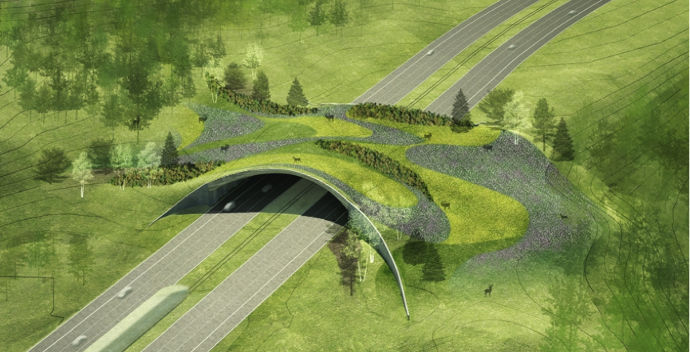Unit 9: Global Change (APES)
1/31
Earn XP
Description and Tags
Name | Mastery | Learn | Test | Matching | Spaced |
|---|
No study sessions yet.
32 Terms
Climate change
a long-term shift in global or regional climate patterns often linked to increased greenhouse gases
global warming
the recent ongoing rise in global average temperature near Earth’s surface due to the increase of GHGs in the atmosphere
Greenhouse gases
such as CO₂, CH₄ (methane), N₂O (nitrous oxide), and H₂O vapor that trap heat in the atmosphere.
Greenhouse effect
the warming effect the results when solar radiation is trapped by the atmosphere
Carbon DIoxide
CO₂
a greenhouse gas released by burning fossil fuel and deforestation
Methane
CH₄
a potent greenhouse gas from livestock,landfills, and natural gas production
Nitrous oxide
N₂O
emitted from agricultural fertilizers and fossil fuels
a greenhouse gas that contributes to ozone depletion and global warming
ozone layer
the layer in the atmosphere that absorbs most of the Sun's harmful ultraviolet radiation, protecting living organisms on Earth.
located in the stratosphere
ozone depletion
the thinning of the one layer caused by CFCs and other ozone-depleting substances
Chlorofluorocarbons
CFCs
human-made chemicals that destroy
Montreal Protocol
an international treaty that phased out ozone-depleting substances
UV Radiation
harmful ultraviolet light from the sun hat can cause skin cancer and damage DNA
Ocean warming
the rise in temperature of the ocean due to increased GHGs
coral bleaching
occurs when corals expel algae (zooxanthellae basically chlorophyll for corals) due to stress (HEAT), turning white and becoming weak
ocean acidification
CO₂ dissolving in seawater lowers the pH, affecting marine organisms like corals and shellfish
rising sea level
Caused by melting glaciers and thermal expansion of water due to global warming, resulting in increased flooding and loss of coastal habitats.
thermal expansion
The increase in volume of water as it warms.
invasive species
a non-native species that disrupts local ecosystems
they spread rapidly
usually r-selected species
biodiversity loss
a decline in the variety of life in a particular habit or Earth as a whole
endngered species
a species at risk of extinction
habitat fragmentation
the process by which habitat loss results in the division of large, continuous habitats into smaller, isolated remnants
this usually happens from anthropogenic events, like when highways or cities are built
leads to edge effect
Kyoto Protocol
1997
The first international treaty that required developed countries to reduce GHG emissions based on their historical contributions. HOWEVER, it was not signed by all counries, so there was no real way to enforce it.
desertification
the overall degradation of land in arid, semi-arid, and dry humid areas due to overgrazing, deforestation, poor agricultural practices, and climate change
it reduces soil health and fertility
threatens food security and agricultural yield
leads to migration and increased competition
Deforestation
the large-scale removal of trees from forests for agriculture, logging, or urban development
reduces biodiversity
excess runoff and soil erosion
loss of nutrients in soil
habitat loss
releases the carbon into the atmosphere (forests are a carbon sink)
Overfishing
the depletion of fish stocks by harvesting at rate faster than fish can naturally reproduce or define the replacement fertility rate
changes in food eb dynamics
loss in business
ecological footprint
a measurement of how much land and water area a person or society uses to produce the resources they consume and absorb the waste they generate
quantifies human impact and our resource demands
Tragedy of the Commons
a hypothetical situation in which individuals use shared resources for personal gain, leading to overuse and eventually, a total depletion in said resource. Examples include:
overgrazing on public lands
overfishing
deforestation/ clear cutting
Paris Agreement
2015
A global climate agreement in which nearly all countries pledged to limit global temperature rise to well below 1.5°C
It uses nationally determined contributions that are reviewed and strengthened over time
Includes both developed and developing countries
Mitigation
efforts to reduce or prevent the emission of greenhouse gases o slow the ace of climate change. Examples include:
switching to renewable energy
improving energy efficiency
reforestation
carbon capture and storage
Adaptation
adjusting human or ecological systems in response to climate change to minimize harm. Examples include
building flood defenses
planting drought-resistant crops
revising infrastucture codes for extreme weather

Habitat corridors
protected strips of land that connect separate wildlife habitats, allowing animals to migrate, disperse, and maintain genetic diversity
Edge effect
When a habitat becomes fragmented (like when forests are broken up by roads or agriculture), the amount of edge increases relative to interior habitat. These edges often have different environmental conditions (such as light, temperature, and wind) compared to the interior, which can significantly affect biodiversity.